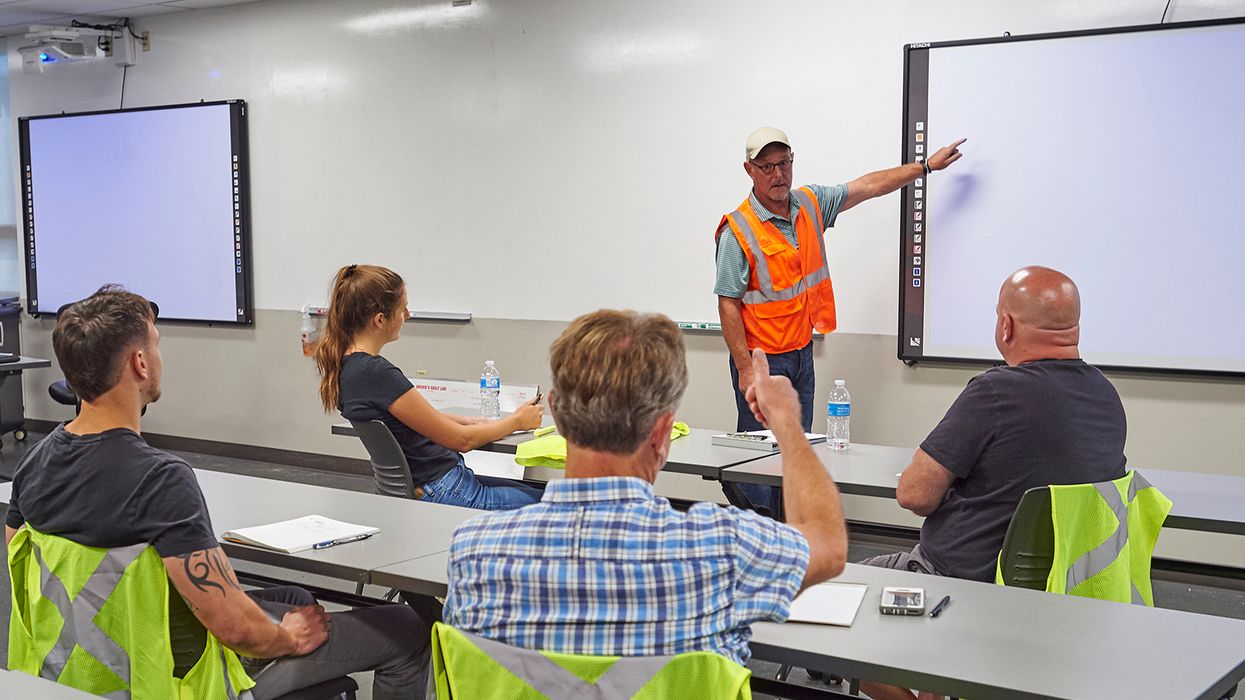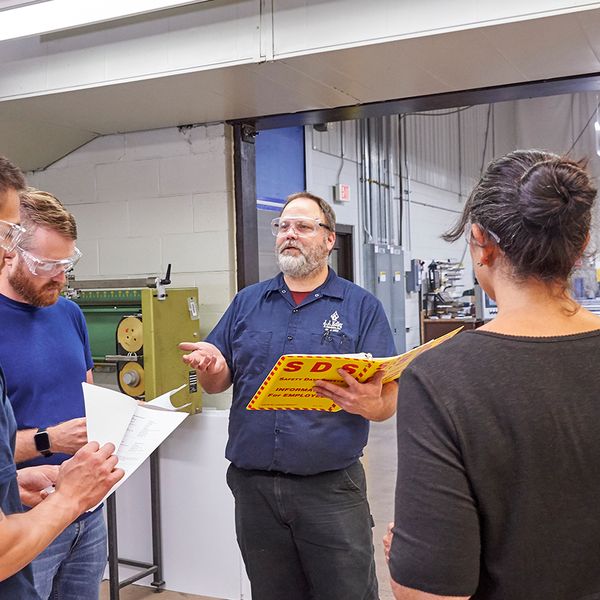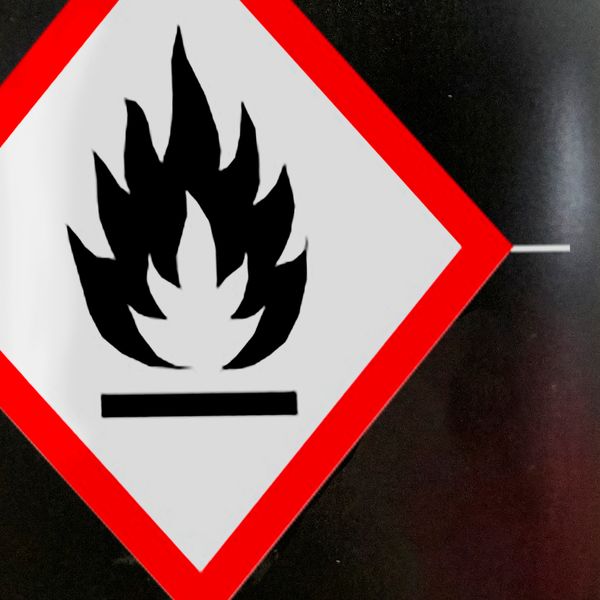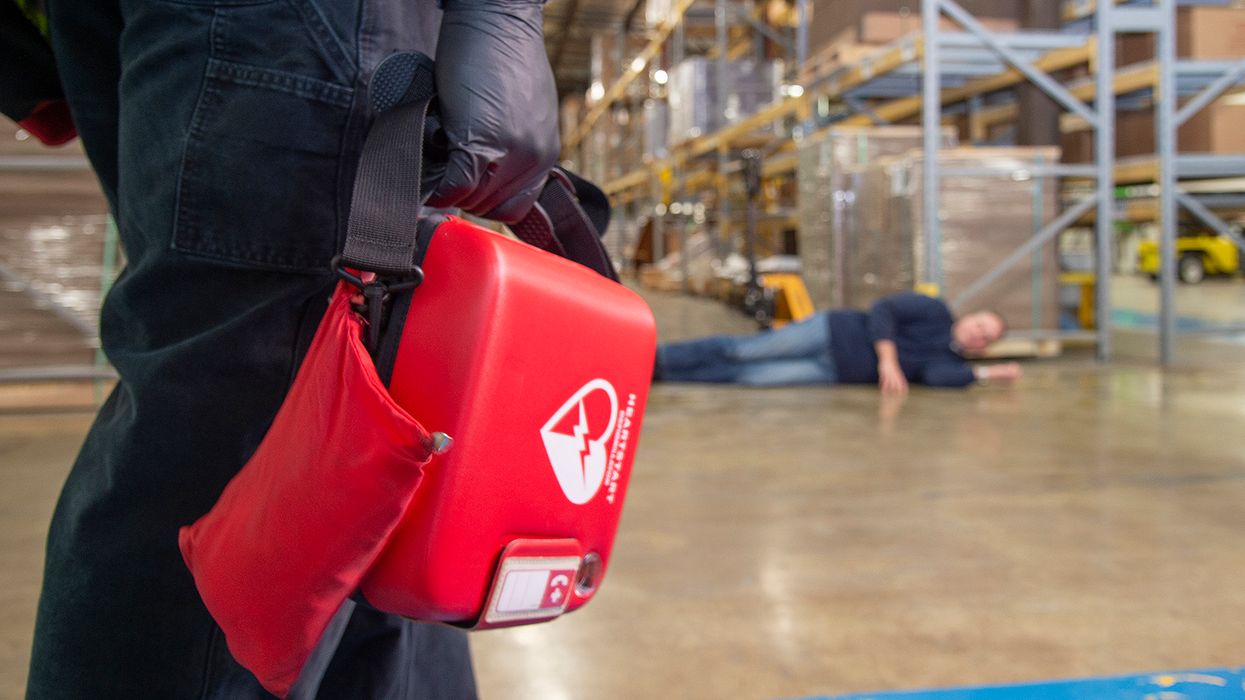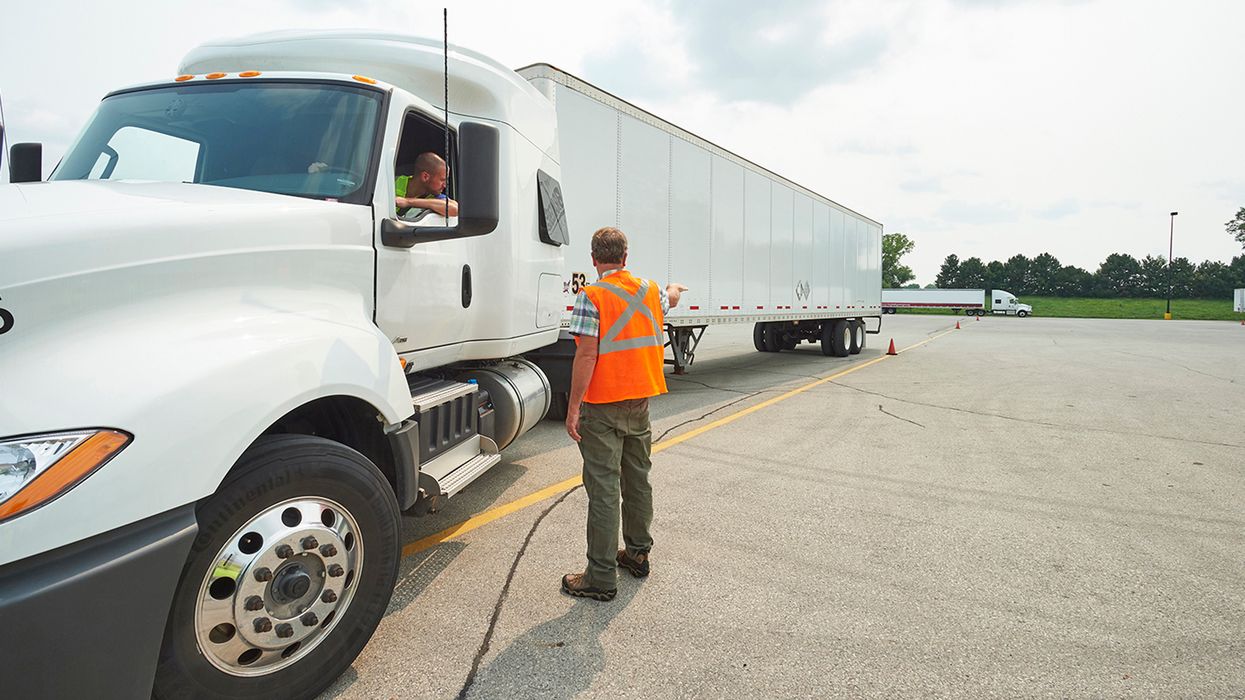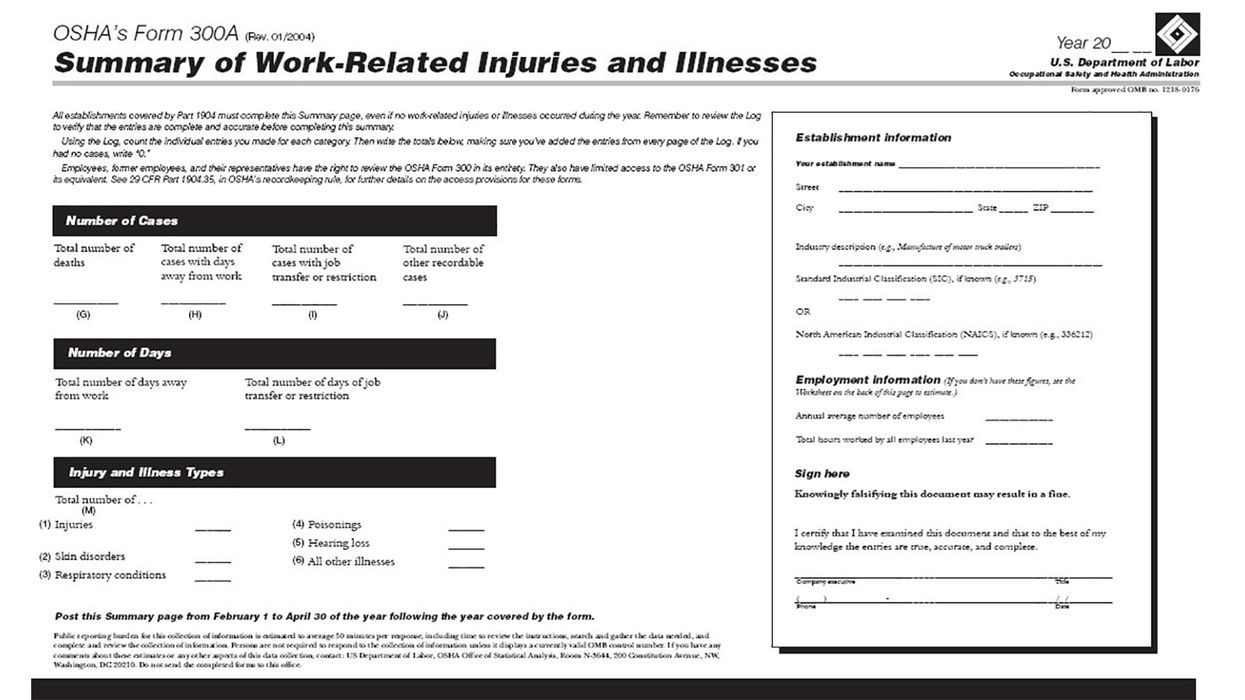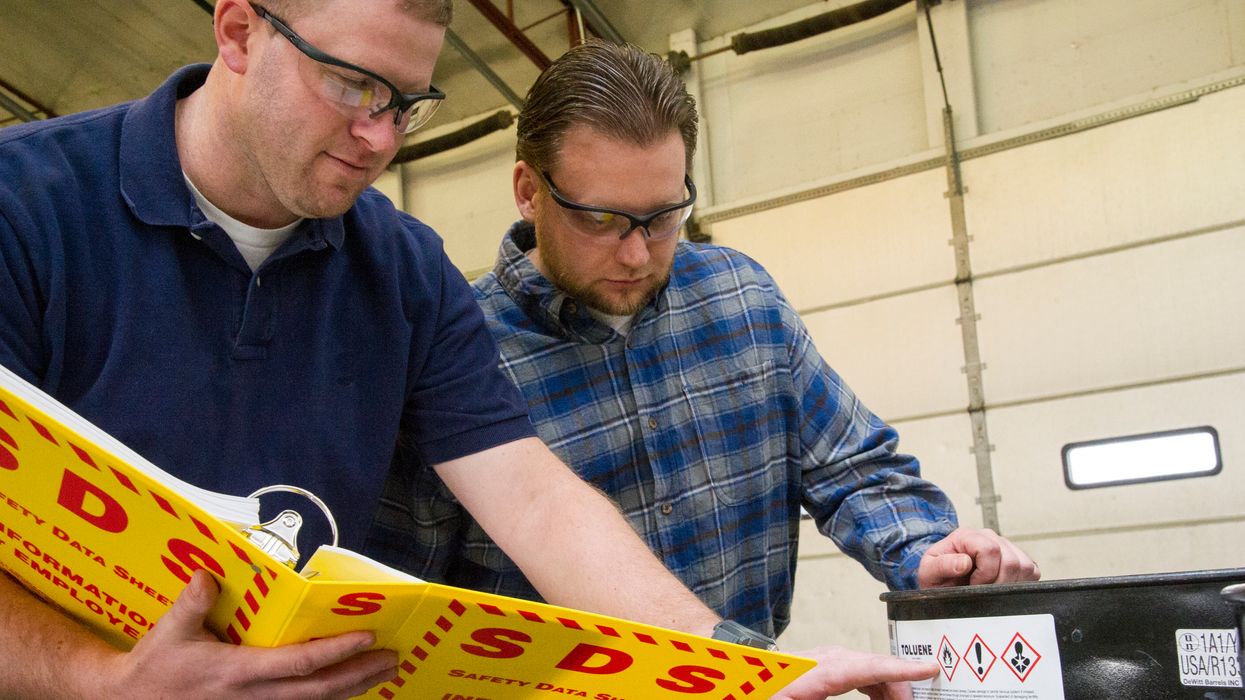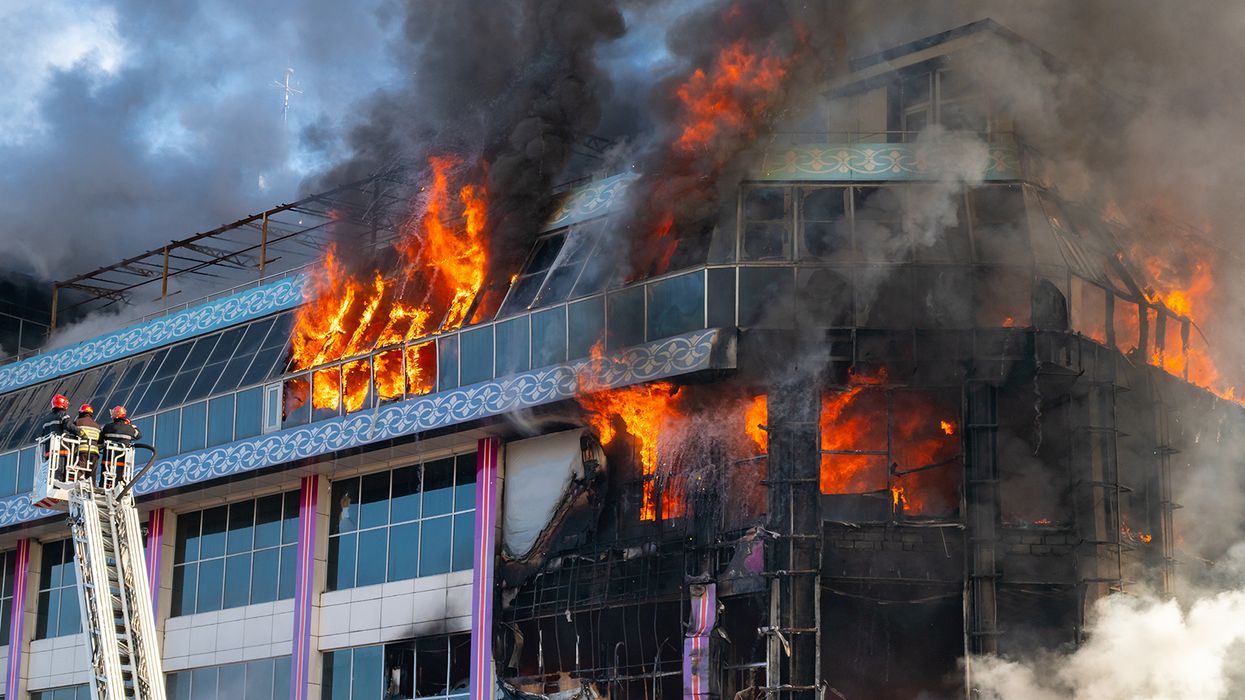OSHA safety training is more than just checking a box
It’s easy to think of safety training as a “one and done” requirement. Take attendance, show a video or two, good to go! Right? Yet, many OSHA standards include explicit safety and health training requirements. Some require “training” or “instruction,” others mandate “adequate” or “effective” training or instruction, and still others call for training “in a manner” or “in language” that’s understandable to employees. What’s more, refresher training or retraining may also be specified in the standards.
Regardless of the precise regulatory language used, however, OSHA expects training to be effective for all employees. That means employees need to understand it so they can make it part of the job.
OSHA can cite employers for inadequate training
Your documentation may show that all employees received training, but if OSHA asks employees questions about the hazards they’re exposed to and employees can’t answer, OSHA can issue a citation for inadequate training.
Training violations are typically cited as serious violations, which currently carry a fine of $16,550 each. (Penalty amounts increase each January with inflation.) OSHA defines a serious violation as “one in which there is substantial probability that death or serious physical harm could result, and the employer knew or should have known of the hazard.”
On top of the maximum amount, OSHA can cite instance by instance. If the employer failed to train 10 employees, OSHA can multiply the dollar figure by 10 to get a total $1,655,000 penalty amount for just one training violation. Things can escalate even higher if the citation is considered not just serious but willful or repeat.
Training must cover the hazards employees are exposed to
Think about what hazards your employees are exposed to during normal operations or in foreseeable emergencies — that’s where training comes in:
- Conduct a workplace walkthrough to observe job tasks and identify hazards to determine what training is needed.
- Look (and listen!) for hazards such as excessive noise, moving machinery parts, and chemicals.
- Use our at-a-glance tables of general industry and construction training requirements to see what’s applicable to your workplace; then review the regulation to see what elements must be covered in training.
Note that when there’s the potential for a recognized, serious hazard such as extreme heat, heavy lifting, or workplace violence, but no OSHA standard, OSHA can cite the employer under the General Duty Clause (Section 5(a)(1) of the Occupational Safety and Health Act). In that case, you may be able to abate the hazard by training employees in hazard recognition and how to protect themselves.
Training must include workplace-specific information
Any manner of conducting training is acceptable, including classroom instruction, online modules, videos, and virtual or augmented reality, but trainees also must receive workplace-specific information. For example, if you provide Hazard Communication (HazCom) training for employees exposed to hazardous chemicals, a video will likely cover the basics, such as an explanation of the HazCom standard and how to read labels and safety data sheets (SDSs). However, employees also must understand how HazCom applies to their workplace, including what chemical hazards they’re exposed to, how to protect themselves from those hazards, the details of your written HazCom program, and how to access SDSs in their work areas.
Training must be understandable to all employees
Employees may have language and/or literacy issues. OSHA states in a training publication, “If an employee does not speak or comprehend English, instruction must be provided in a language that the employee can understand. Similarly, if the employee’s vocabulary is limited or there is evidence of low literacy among participants, the training must account for this limitation. Remember that workers may be fluent in a language other than English, or they may have low literacy in both English and their primary language. Training needs to be adjusted to accommodate all the factors that are present.”
Another key to comprehension and effective training is ensuring employees have the opportunity to ask questions and receive answers when they don’t understand the material. Not all OSHA standards specify that an instructor be present or that a person be available to answer questions immediately. However, employers should review the applicable standard to determine what’s required. A telephone hotline may suffice since employees can get immediate answers with no waiting.
A quiz or test is a great way to see if employees understand what they’ve learned, though it’s not an OSHA requirement. Offering hands-on exercises is another way employees can practice what they’ve learned in a safe space where the instructor can observe them to ensure they grasped the training. Also, watch employees in action on the job to see if they’re putting training to use — it’s another way to gauge effectiveness of training.
Refresher training and retraining keeps safety top of mind
Training employees once and assuming years later they still understand what they’ve learned is a risky assumption. It’s wise to set up a system for periodic refresher training, even if not required. Note that many OSHA standards will require refresher training and give a frequency. Others may specify that retraining is needed when something in the workplace changes, such as operations, processes, or hazards. Regardless, if you notice employees are failing to follow their training or they have a near miss or incident, that’s an important time to revisit the training elements.
Key to remember: Effective safety training includes workplace-specific information that’s understandable to all employees.

